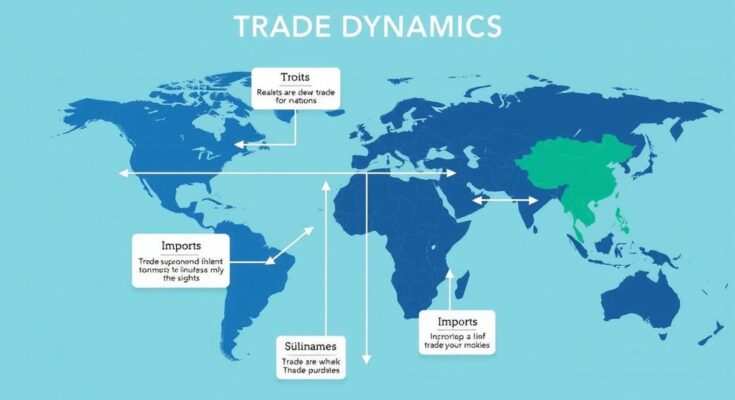Dan Ives, a Wedbush analyst, has taken to social media to critique President Trump’s tariff calculations, likening them to a simplistic high school economics project. His remarks, posted on X, highlight how the Trump administration’s approach—dividing each country’s trade surplus by their total imports with the U.S.—is an oversimplification that neglects critical economic nuances.
Though these calculations were defended by Treasury Secretary Scott Bessent as a strategy to balance trade deficits, Ives and others have pushed back against this view. They argue that the method fails to account for vital elements such as exchange rates and broader global trade dynamics, which fundamentally influence trade relationships.
The U.S. Trade Representative’s Office (U.S.T.R.) has detailed the methodology of these calculations on their website, explicitly addressing how tariff elasticity affects import prices. Trinh Nguyen, a senior economist at Natixis, remarked that the formula prioritises trade imbalances rather than considering actionable steps for reciprocal tariffs, presenting an uphill battle for poorer Asian countries to adjust their trade balance with the U.S.
The controversy surrounding the tariff calculation has drawn diverse responses. James Surowiecki, a writer for The Atlantic, dismissed the methodology as “dumb and deceptive.” Conversely, some analysts suggest that the vagueness in the tariff numbers could facilitate trade negotiations. Rob Subbaraman from Nomura posited that while the ambiguous calculations may allow for greater flexibility in agreements, they might undermine U.S. credibility in international trade. Ives’ analogy to a 9th grader’s economics project encapsulates this ongoing debate among experts regarding the effectiveness of the tariff policy.
Dan Ives criticises Trump’s tariff calculations, equating them to a simplistic economics project. Despite defence from Treasury Secretary Scott Bessent, Ives and others argue they overlook crucial economic factors. The U.S.T.R. has outlined its methodology, but experts express concern over its implications for trade negotiations and U.S. credibility.
The critiques of President Trump’s tariff calculations, primarily led by analyst Dan Ives, bring to light the complexities of international trade. By likening these calculations to a high school project, Ives and others highlight the oversimplification and the risks of ignoring critical economic factors. The ongoing debates suggest a need for more sophisticated approaches to trade policy that consider global dynamics while negotiating across borders.
Original Source: www.benzinga.com



